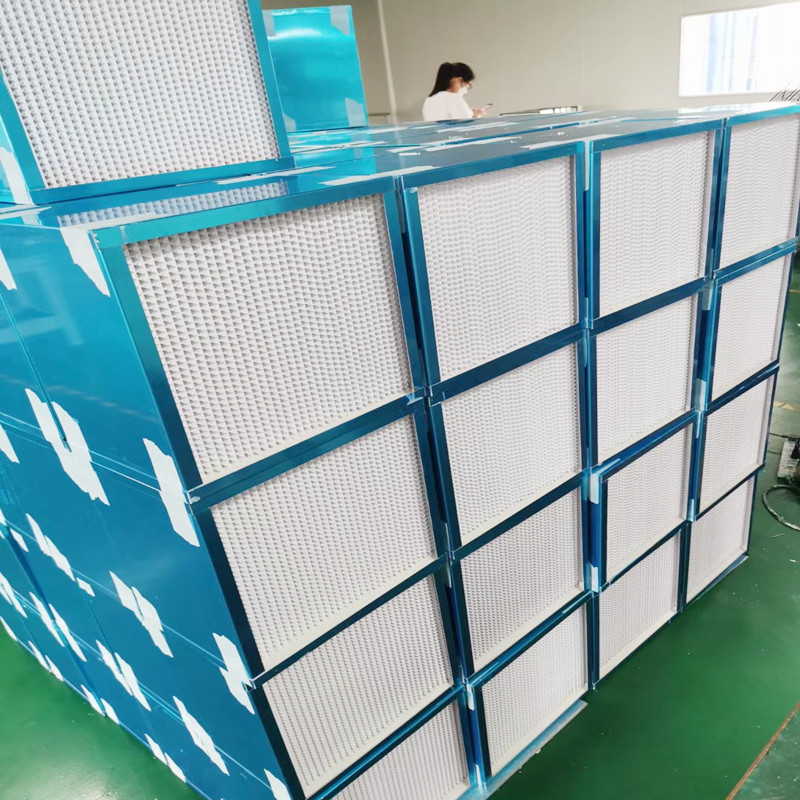
High-efficiency particulate arrestance (HEPA) is a type of air filter. When a Filter meets HEPA grade requirements they have several possible applications including clean rooms, medical facilities, aircraft and homes. They must remove (from the air that passes through) 99.97% of particles that have a size of 0.3 µm.
HEPA filters are composed of a mat of randomly arranged fibers. The fibers are typically composed of fiberglass and possess diameters between 0.5 and 2.0 micrometers. Key factors affecting its functions are fiber diameter, filter thickness, and face velocity. These particles are trapped (they stick to a fiber) through a combination of the following three mechanisms:
Interception: Where particles following a line of flow in the air stream come within one radius of a fiber and adhere to it.
Impaction: Where larger particles are unable to avoid fibers by following the curving contours of the air stream and are forced to embed in one of them directly; this effect increases with diminishing fiber separation and higher air flow velocity.
Diffusion: An enhancing mechanism that is a result of the collision with gas molecules by the smallest particles, especially those below 0.1 µm in diameter, which are thereby impeded and delayed in their path through the filter; this behavior is similar to Brownian motion and raises the probability that a particle will be stopped by either of the two mechanisms above; this mechanism becomes dominant at lower air flow velocities.

